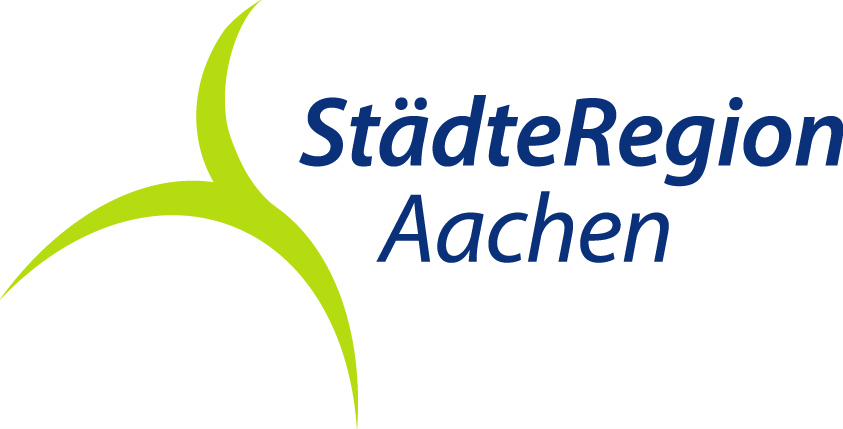Paradies im Fuhrtsbachtal
Only a few valleys in the Monschau region exert such a fascination on nature lovers at any time of year as the Fuhrtsbachtal. Today, you will find extensive agriculture embedded in almost untouched nature. The species-rich and colorful flora and fauna make the hiking trail a very special experience, and the untouched gem offers the ideal habitat for numerous plant, animal and insect species, some of which are endangered. Beyond the main road, the circular hike begins with an exciting passage through the Höfen forest. In summer, the yellow-flowering ragwort sways gently in the wind in open areas. Here and there, bracken ferns form a dense green wall on either side of the path. Open spaces with typical raised bog vegetation emerge again and again from the extensive spruce stands. They give an impression of what the landscape looked like before the afforestation. Behind the Riffelsbruch is a wide aisle with a game field, which provides healthy and hearty additional food for roe deer and stags in late fall and winter. The menu includes winter rape, furrowed cabbage and marrow stem cabbage. After around 300 meters, the forest recedes to reveal a view of the unspoilt Fuhrtsbach valley. It is not for nothing that it is part of the Eifel National Park. It is one of the rare intermediate moors, which are characterized by a constantly high and only slightly fluctuating water level. The plants growing there are perfectly adapted to the nutrient-poor soil. Moor birch, black alder, rowan and willow feel particularly at home here. Most of the area is covered by moor grasses, mosses and rushes.
At first, the path leads along the northern slope, partly lined with old oak trees. The lavish splendor of the flowers along its edges is a feast for the eyes, but above all a rich source of nectar for numerous insect species. Here and there, fresh footprints indicate a change of game. At the Antoniusbrücke bridge, the route changes to the other side of the stream. In spring, a unique natural spectacle awaits hikers on the following section. Millions of blooming daffodils transform the gently sloping hillside and the valley floor into a bright yellow carpet of flowers.
Recent history has also left its mark on the Fuhrtsbach valley. Several "Westwall" bunkers built around 1938 are located along the route. They are reminders of the Second World War and the heavy fighting that raged in the area around Höfen in the winter of 1944/45. Despite being blown up, two of the bunkers have survived quite well. The largest of the two is tucked away just a few steps from the lower bridge at the foot of the steep slope. The route continues along a romantic path. The nature of the Fuhrtsbach valley once again presents itself in all its diversity and beauty, as if for the grand finale
The hiking trail leads through a renaturalized side valley up to the eastern pastureland of Höfen. The rotor blades of the wind turbines turn at a leisurely pace. The view across to the Steling near Mützenich is unobstructed. At 659 meters, it is the highest elevation in the Monschau region. The distant view that opens up after crossing the main road beyond a small wood is unique. Nowhere else in the region do you have the opportunity to take in the Vennrand from the Steling to the 599-metre-high Hoscheit near Lammersdorf at a glance. The rest of the circular trail initially follows the edge of the forest before plunging into a varied forest one last time and leading past the Eschenhof farm back to the parking lot.











